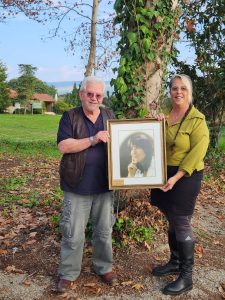The aim of hospice care is to improve the quality of life of terminal patients and to make life easier for them as much as possible, considering the circumstances.
What is the treatment?
- Pain management – hospice at home includes palliative care which deals essentially with pain relief. The professionals who provide hospice services manage the provision of drugs in a medically optimal process in order to alleviate the patient’s pain.
- Symptom management – every terminal illness brings with it a variety of accompanying symptoms. These may include loss of appetite, nausea, weakness, difficulty breathing, urinary problems etc. Palliative care will address these symptoms as well.
- Psychological, emotional and spiritual support for the patient – palliative care includes not only treatment of physical pain, but also psychological, emotional and spiritual support for every patient who is coping with the end of life, with death.
- Support for all who care for the patient – Some of the hospice at home services support those who provide relief to the patient: his close caregiver, family members, friends and more. The support can also include a good word or advice, tips for family members on how to make it easier for them, listening, empathy and encouragement.
The palliative care of hospice in Israel expresses the following working principles:
- The treatment is based on sensitivity, empathy, compassion and caring toward the patient, his immediate family and relatives.
- The treatment is based on the individual needs of each patient according to his personal needs, and not just according to the definition of the disease.
- The treatment takes into account the population group to which the patient belongs, such as ethnicity, religion, etc., and respects the specific practices associated with the patient.
- The treatment is based on flowing communication between the service providers and the patient and those accompanying him, as well as between them and all the bodies involved.
- The treatment is based on understanding the things that are important to the patient and to his family at the end of his life, as well as on adapting the hospice at home services to them.
- The treatment is based on honoring the patient’s wishes to end his life with dignity.
Benefits of hospice at home care
- The patient is in his home.
- The patient and his family enjoy support in a familiar environment.
- It is easier to overcome problems and solve them in a personal framework.
- Saves energy for the patient and his close family, since they do not have to run from home to clinics, to the hospital and back.





